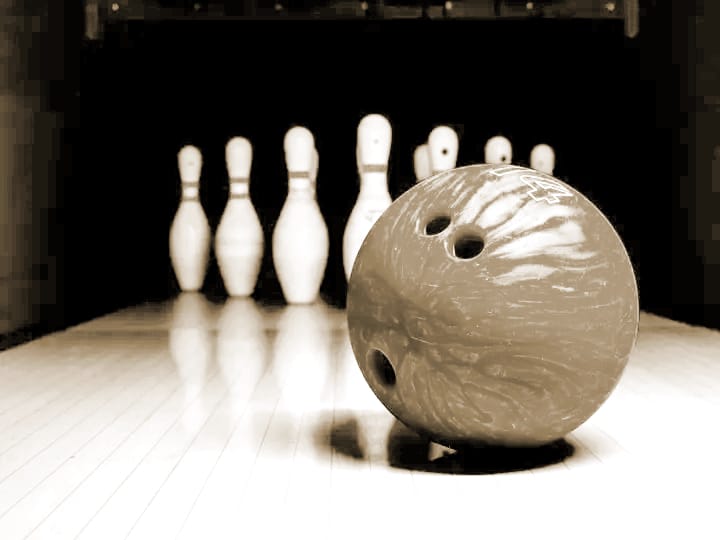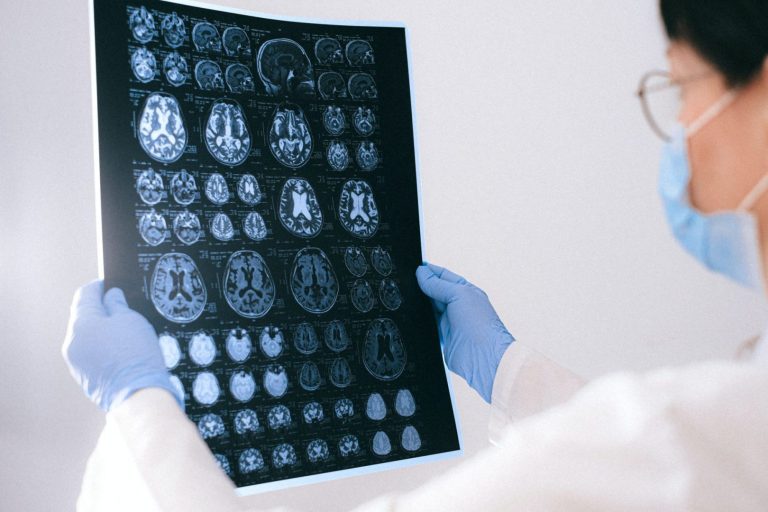Dealing with a panic attack
John went to the beach with his friends. When he got home he started to sweat, have palpitations and his heart was racing. He was feeling very scared and asked his mother to take him to the hospital. Both John and his mother were afraid that he was having a heart attack. The doctors made the necessary medical check-ups and assured John that medically he was fine. How could this be? With all those symptoms, something had to be wrong. Actually, John was experiencing a panic attack.
“A panic attack is a sudden onset of intense apprehension and fearfulness, in the absence of actual danger. It is accompanied by the presence of such physical symptoms: palpitations, difficulty in breathing, chest pain or discomfort, choking, excessive sweating and dizziness. The attack occurs in a discrete period of time and often involves fear of going crazy, losing control, or dying” (American Psychological Association, 2009, p.288).
Panic attacks are a symptom of panic disorder, a type of anxiety disorder. They tend to be frightening as they can happen anytime, anywhere and there is no real danger that provokes them. When a person experiences frequent panic attacks, they can develop a sense of fear that they are going to have another attack. This fear impacts the overall quality of life and daily activities can be paused or stopped.
The following are some strategies that can be used to try and stop a panic attack.
-
- Deep breathing – Take deep breaths in through your nose and out through your mouth. This process should occur slowly.
- Recognising the symptoms – By noticing that you are having a panic attack and not a heart attack, you can remind yourself that it will pass, that you are not going to die and that in the end everything will be okay.
- Closing your eyes – The environment can be overwhelming with stimuli which can trigger a panic attack. When you close your eyes these stimuli are reduced and therefore it is easier for you to focus on doing the points mentioned above.
- Finding a point of focus – Whilst some people prefer to close their eyes during a panic attack, others prefer to focus on one object. Choose an object which you can see clearly and note the properties of that object e.g. colour, shape and size. By focusing on the object you would be removing your focus from the panic attack symptoms.
- Doing muscle relaxation exercises – This is something you need to practise frequently so that when you need to use it you know what to do. Muscle relaxation means that consciously you start to relax different muscles of your body.
- Picturing your happy place – Think of a place that makes you feel happy, calm and relaxed. It could be a mountain, the beach or a garden. Try to imagine yourself in this place and focus on the sense of calmness this place creates. Avoid thinking of busy places such as cities as they can create the opposite effect.
Reference
American Psychological Association. (2009). APA College Dictionary of Psychology. Washington, DC: American Psychological Association.
Dr Marilyn Muscat is registered as an Educational Psychologist with the Health and Care Professions Council in the United Kingdom where she trained. She works with children, adolescents and their families to understand more about educational, social and emotional well-being concerns that they have and to help them improve upon their difficulties. She can be contacted on marilyn@willingness.com.mt or call us on 79291817.







